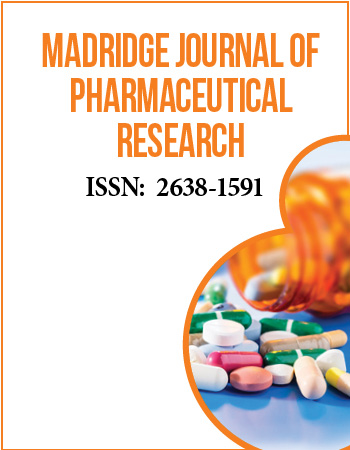International Conference on Medicinal and Pharmaceutical Chemistry
December 5-7, 2016 | Dubai, UAE
Structure-affinity and structure-kinetics relationship study: A new combination strategy in medicinal chemistry
1Xuzhou Medical University, China
2Leiden Academic Centre for Drug Research (LACDR), Leiden University, The Netherlands
In the past decade drug research community has started to appreciate the indispensable role of ligand-receptor binding kinetics (BK) in drug discovery. Next to the classical equilibrium-based drug evaluation process with affinity and potency values as outcomes, kinetic investigation of the ligand-receptor interaction can aid compound triage in the hit-to-lead campaign and provide additional information to understand the molecular mechanism of drug action. To this end, we performed an extensive structure-kinetics relationship (SKR) study in addition to a traditional structure-activity relationships (SAR) analysis at a prototypical drug target—the adenosine A2A receptor (A2AR). The ensemble of 24 antagonistsdisplayed only minor differences in affinity, while they varied substantially in their binding kinetics at the target. Such a combination of SKR and SAR analysis will have general importance for medicinal chemistry efforts on other drug targets as well.
Biography:
Dong Guo, PhD obtained his PhD degree from Leiden University, The Netherlands, in 2014. Since then, he has worked as a postdoc fellow at the same university within the K4DD (Kinetics for Drug Discovery) consortium, financially supported by Europeʼs Innovative Medicines Initiative (IMI) program and major Pharma companies. In February 2016, he joined the Jiangsu Key Laboratory of New Drug Research and Clinical Pharmacy at Xuzhou Medical Universityin China. His main research interest is the investigation of ligand-receptor binding kinetics at G protein-coupled receptors, from both theoretical and experimental perspectives.


